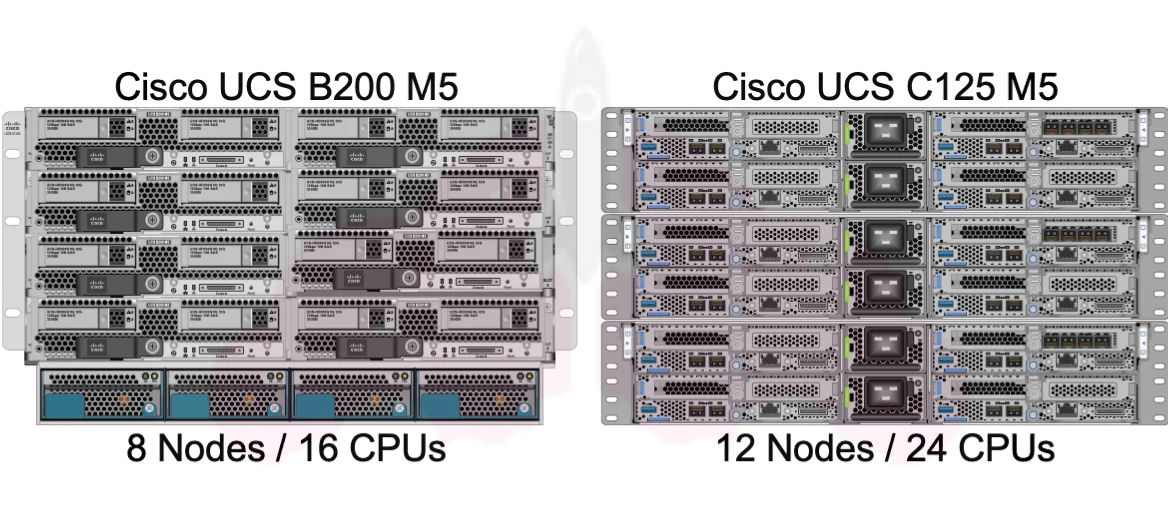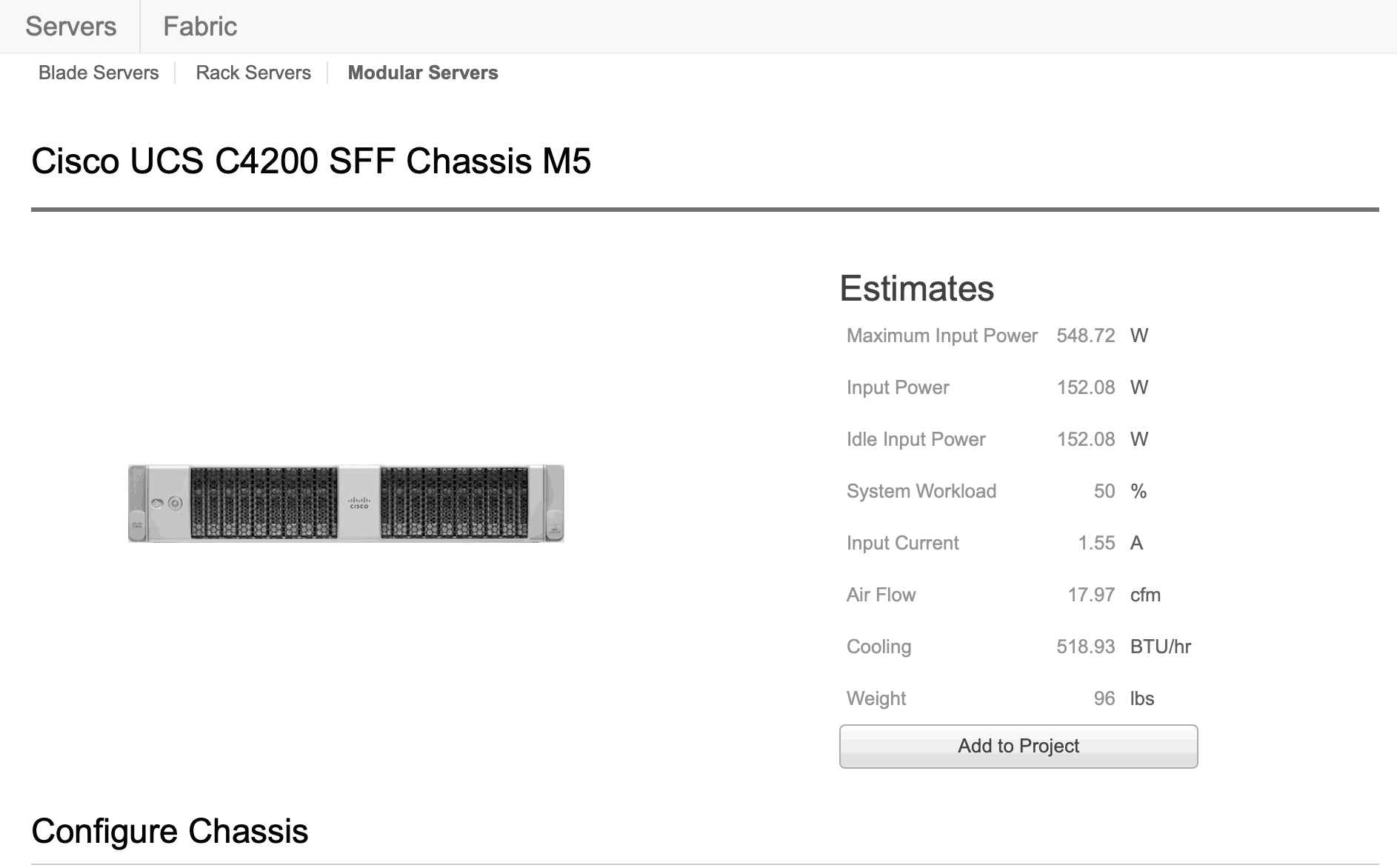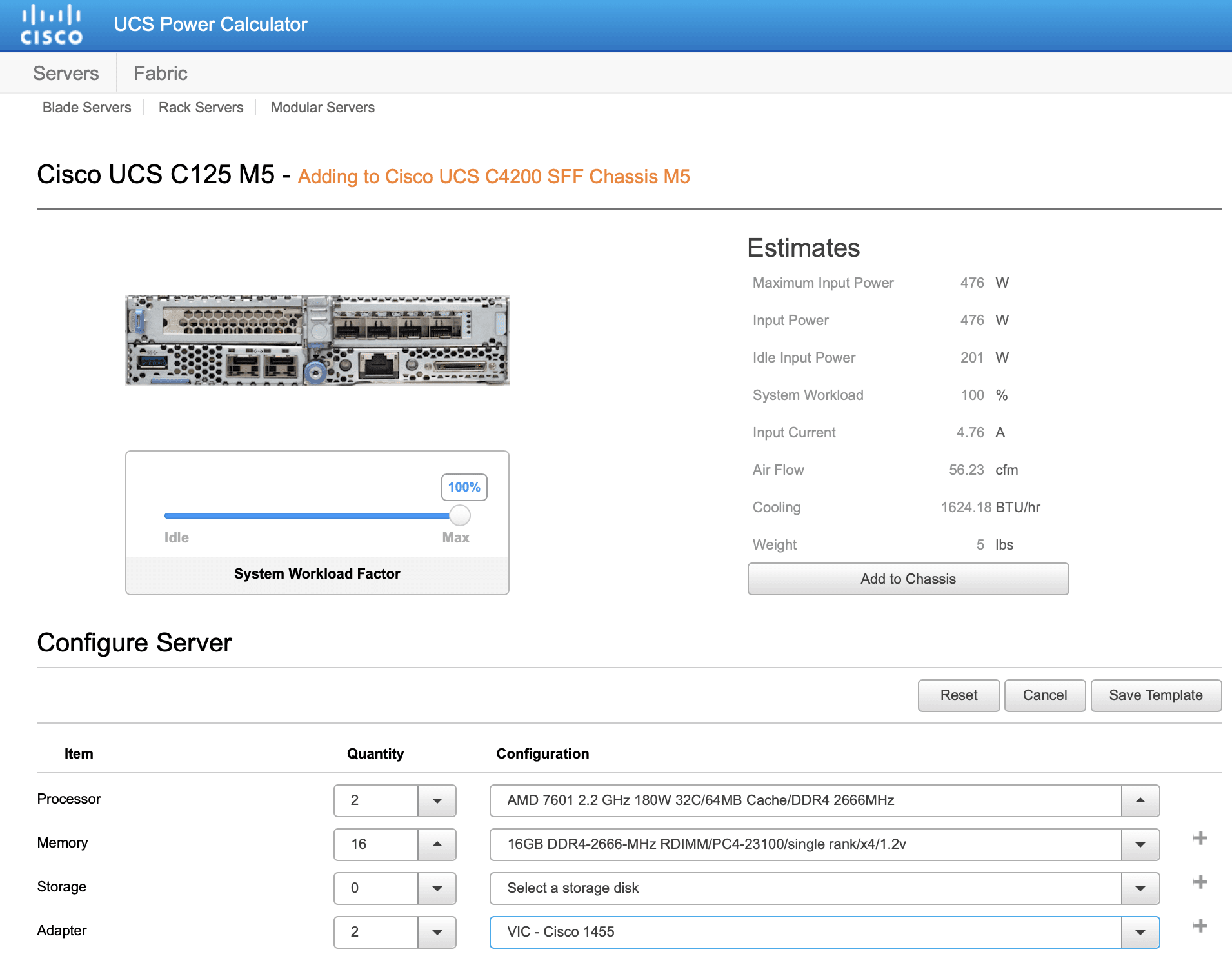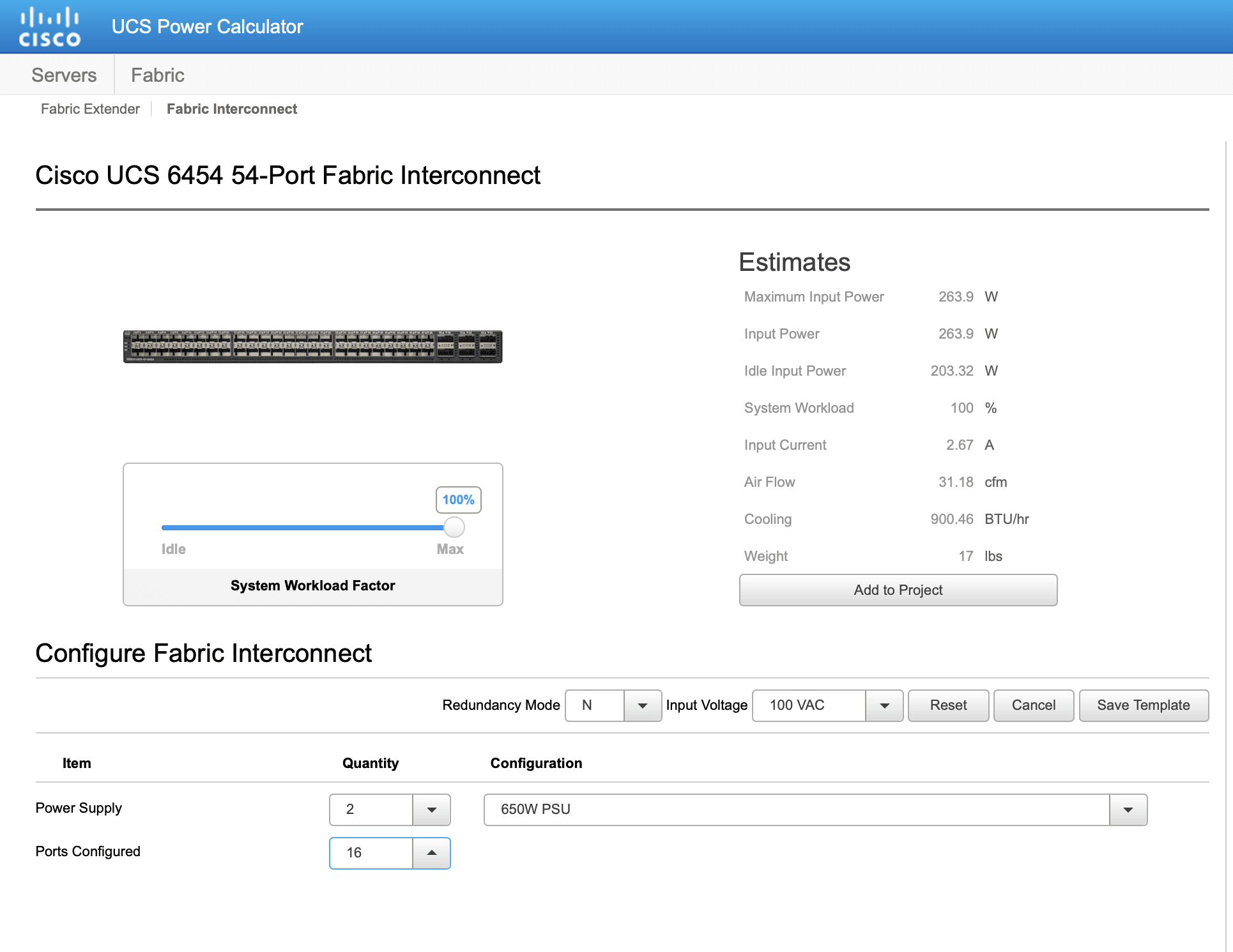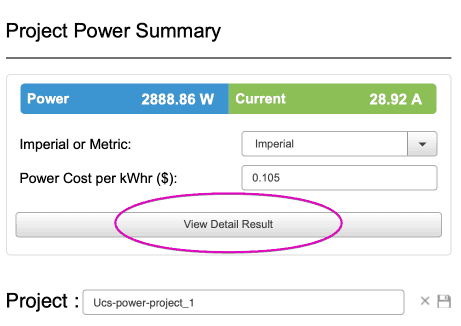Welcome to another installment of the Cisco UCS Deep Dive series. Today we are going to take a look at the Cisco UCS 4200 series chassis, and the Cisco UCS C125 M5 modular server. This is a very unique and powerful Cisco UCS offering that many have not encountered. Think of it as a hybrid of a blade and rack mount UCS server, that can be managed with or without Cisco UCS Manager.
Let’s take a closer look at some of the features of this Cisco UCS modular server offering, and some important design considerations for the platform.Cisco UCS 4200 Series Chassis
Let’s start by taking a look at the Cisco UCS 4200 series chassis, since we will not be getting anywhere with the Cisco UCS C125 M5 servers without it.
The Cisco UCS 4200 Chassis:
- Fits Up to four C125 M5 Server Nodes in 2U
- Supports 24 Small Form Factor 2.5″ drives (SAS/SATA/SSD)
- Each node can support six drives, or two NVMe drives plus four SFF drives
- Supports Cisco VIC 1400 Series
You can find the UCS 4200 Chassis spec sheet here. You will notice the Cisco UCS 4200 and Cisco UCS C125 M5 spec sheets are combined since they are so closely intertwined. Remember, the Cisco UCS spec sheet is your one stop shop for the complete configuration of your server and supporting components.
Now, let’s take a look at the Cisco UCS C125 M5 nodes that go in the chassis.
Cisco UCS C125 M5 Rack Server Nodes
With this kind of design, it can he hard to separate the chassis from the server nodes, since they are so closely intertwined.
Unlike the Cisco UCS B-Series blades, the UCS C125 nodes are not completely self contained, as the drives are part of the chassis.
Some of the features of the Cisco UCS C125 are:
- Support for two CPUs (AMD EPYC 7000 Series)
- 16 DIMMS per node / 64 DIMMS per chassis
- Two PCIe Slots / Node for connectivity
These Cisco rack server nodes are all about density, and are more dense than the Cisco UCS B200 M5 blade server. Specifically, this solution is focused on core density per rack unit, which is a great choice for compute intensive workloads.
Let’s look at how many processor sockets we have per six rack units when comparing a B200 M5 to a C125 M5.
Why six rack units you ask? Simple. The Cisco UCS 5108 blade chassis has a height of six rack units.
As you can see, we are looking at an additional 4 nodes and 24 CPUs by using the Cisco UCS C125 M5 modular servers.
You can read more about the density of the C-Series multimode rack servers here.
Previously, the B200 M5 and Cisco UCS blade servers were pretty much as dense as you could get in the data center. With this kind of density, it is very important to remember that you must account for the power and cooling requirements of the servers.
The good news is Cisco UCS makes this easy.
The Cisco UCS Power Calculator
The Cisco UCS Power Calculator is one of the most important tools when it comes to designing and deploying a Cisco UCS environment.
After reading a disclaimer, you are able to configure and save your Cisco UCS design in the tool, and see what the power consumption will be.
After adding the chassis to the project, you can then configure the nodes. Part of the chassis configuration in this case is selecting your power supply, and your disk drives.
There is also a spot to select your system’s approximate workload. I turned it up to 100 so I could see the worst case scenario of the power and cooling requirements for the Cisco UCS C125 M5.
To get the full picture of your Cisco UCS power and cooling requirements, you can also configure the Fabric Interconnect for your project:
Once again, you can modify the system workload factor value to get a worst case scenario estimate.
Finally, after you have configured all of your components, you can view a detailed report of your Cisco UCS power and cooling requirements.
Now, you can see the full report on your Cisco UCS power and cooling requirements, and export it for later use.
The Cisco UCS Power Calculator is a simple and easy to use tool that will ensure you understand your power and cooling requirements with Cisco UCS at the beginning of the design process. You can also save your configuration for later, so it can be quickly and easily modified if your requirements change.
Managing Cisco UCS 4200 C-Series Chassis and Cisco UCS C125 M5 Rack Server Nodes
Just like any other UCS solution, the Cisco UCS C125 rack server nodes can be managed with Cisco UCS Manager. The use of Cisco UCS Manager provides helpful features like hardware abstraction, and a centralized management point for they systems.
Remember, the use of Cisco UCS Manager requires the Cisco UCS Fabric Interconnects. You can read more about how Cisco UCS components work together in the Cisco UCS Architecture Guide.
As a standalone solution, the Cisco UCS C125 rack server nodes can be managed with the Cisco Integrated Management Controller (also known as CIMC or Cisco IMC).
The Cisco UCS C-Series multimode servers are a great choice for those who need a high density computing environment. The C4200 series chassis also supports up to 24 drives to meet almost any storage requirements, and the C125 M5 modular serves can be packed with 2CPUs and 16 RAM DIMMS.

Melissa is an Independent Technology Analyst & Content Creator, focused on IT infrastructure and information security. She is a VMware Certified Design Expert (VCDX-236) and has spent her career focused on the full IT infrastructure stack.

